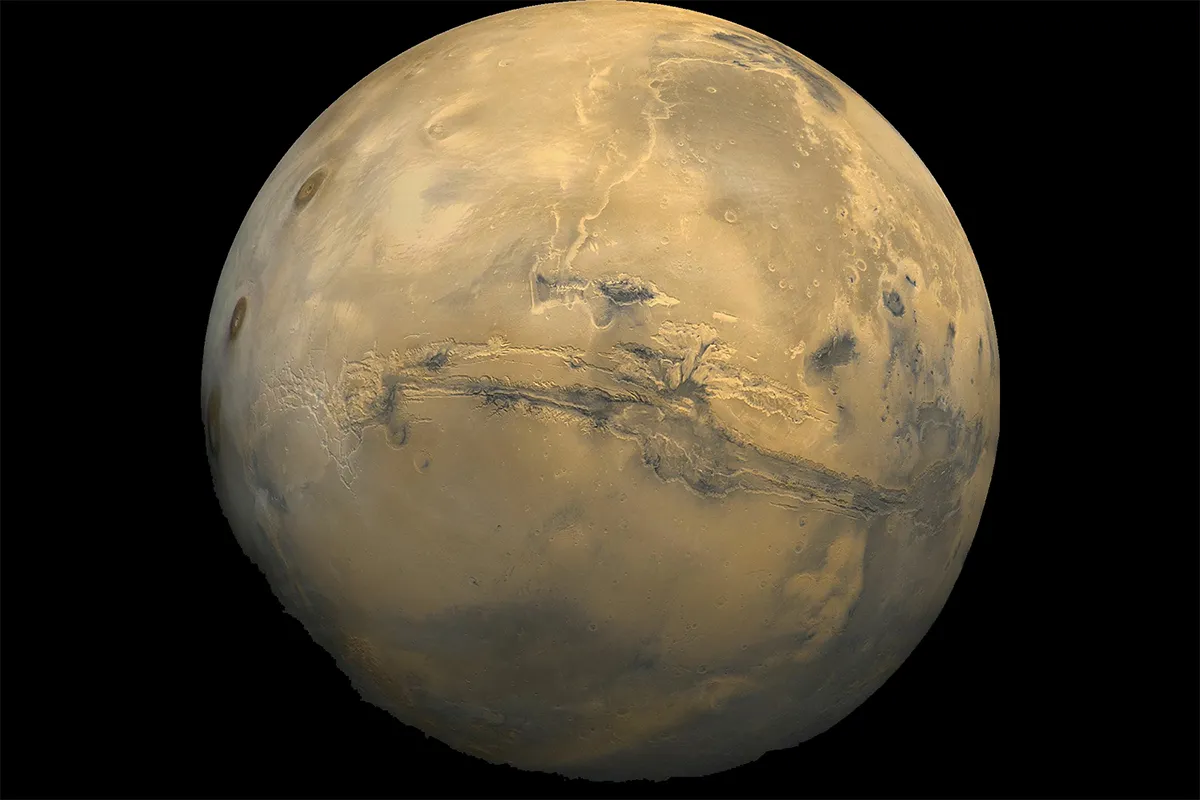A fresh look at Martian valleys has found they may have been created by melting glaciers, not free flowing rivers as previously thought.
For years, scientists assumed that several Martian channels and valleys were created by flowing rivers, and that early Mars was much warmer and wetter than it is today.
But when planetary geologist Anna Grau Galofre from Arizona State University studied the features, she saw a striking resemblance to formations found in the Arctic created by water draining away from the underside of a glacier.
What would the night sky look like on Mars?

After comparing 10,000 images of Martian valleys to terrestrial counterparts, Grau Galofre’s team found that only a fraction look like they were caused by free-flowing surface rivers, suggesting ancient Mars was not warm and wet, but covered in a great ice sheet.
“We tried to put everything together and bring up a hypothesis that hadn’t really been considered: that channel and valley networks can form under ice sheets, as part of the drainage system that forms naturally under the ice sheet when there’s water accumulated at the base,” says Grau Galofre.
Read the full story at the Arizona State University website.
Ezzy Pearson is BBC Sky at Night Magazine's News Editor.
